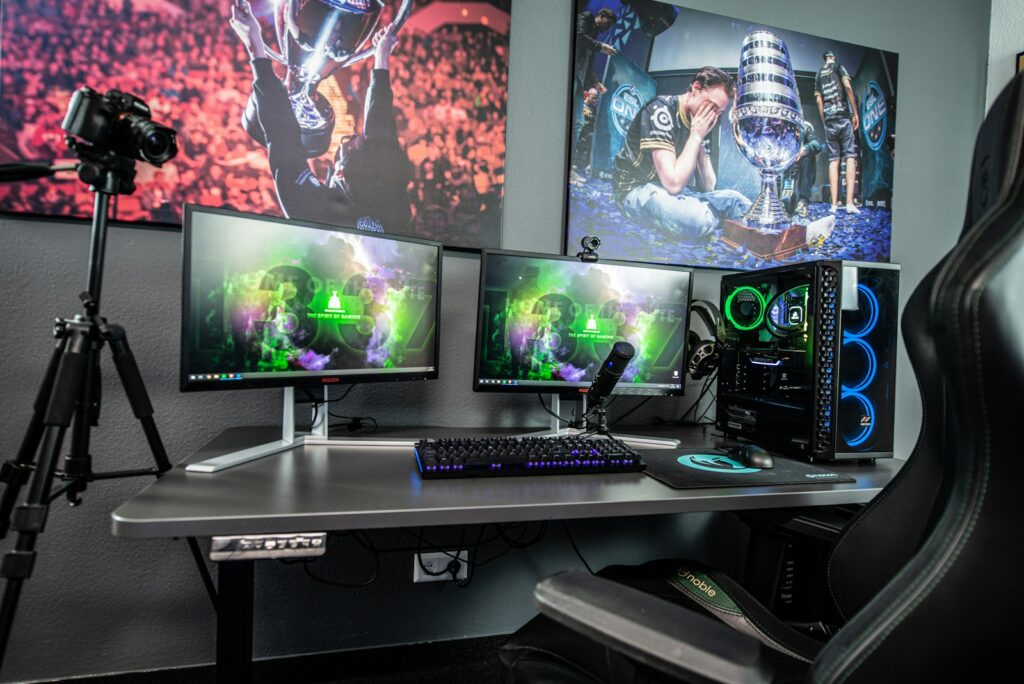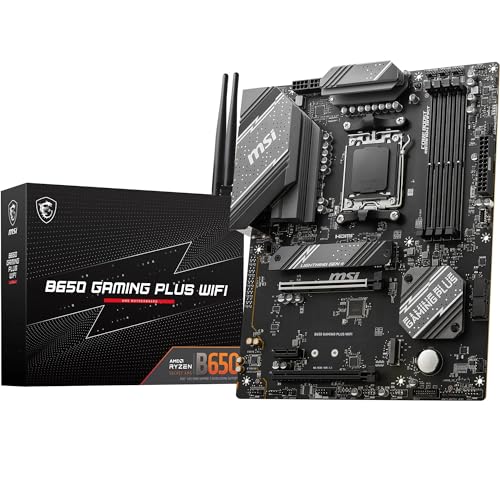
Are you tired of prebuilt gaming PCs that don’t meet your needs? Building your own gaming PC allows you to get the best performance for your budget while also learning valuable technical skills. Plus, it’s fun and rewarding!
This guide will take you through every step of the process, from choosing the right components to assembling your dream gaming rig.
Choosing Your Components
Before buying parts, you should decide on a budget and ensure all components are compatible with each other.
Setting a Budget
Gaming PCs can range from budget-friendly (£500–£800) to high-end (£2000+). Your budget will determine your component choices.
Understanding Compatibility
Make sure your motherboard supports your CPU and RAM type. Also, check if your case can fit your GPU and cooling system.
Essential PC Components
1. CPU (Central Processing Unit)
The CPU is the brain of your PC. For gaming, an AMD Ryzen 5/7 or Intel Core i5/i7 is a great choice.
2. GPU (Graphics Processing Unit)
Your graphics card determines gaming performance. Popular choices include NVIDIA GeForce RTX and AMD Radeon RX series.
3. Motherboard
Ensure it is compatible with your CPU and has enough ports for future upgrades.
4. RAM (Memory)
16GB is ideal for gaming, but 32GB provides extra performance for streaming or heavy multitasking.
5. Storage (SSD vs. HDD)
An SSD (Solid State Drive) provides faster load times, while an HDD (Hard Disk Drive) offers larger storage for a lower price.
6. Power Supply Unit (PSU)
Choose a PSU with at least 80 Plus Bronze certification and enough wattage to support your components.
7. PC Case
Pick a case with good airflow and enough space for your components.
8. Cooling System
Air cooling or liquid cooling? If you’re overclocking, liquid cooling is recommended.
Additional Peripherals
- Monitor – 1080p, 1440p, or 4K? Refresh rate matters too!
- Keyboard & Mouse – Mechanical keyboards and gaming mice enhance your experience.
- Gaming Headset – Good sound improves immersion.
Tools You Need for Building
- Phillips-head screwdriver
- Anti-static wrist strap (optional)
- Cable ties for management
- Thermal paste (if not pre-applied)
Step-by-Step PC Building Process
Step 1: Preparing Your Workspace
Find a clean, static-free surface to work on.
Step 2: Installing the CPU
Align the CPU with the motherboard socket and gently place it in. Lock it in place.
Step 3: Installing RAM
Insert RAM sticks into the motherboard slots until they click into place.
Step 4: Installing the Motherboard
Secure the motherboard to the case using screws.
Step 5: Installing Storage Devices
Mount your SSD/HDD and connect them to the motherboard.
Step 6: Installing the Power Supply
Secure the PSU in its compartment and connect cables as needed.
Step 7: Installing the Graphics Card
Slot your GPU into the PCIe slot and secure it with screws.
Step 8: Connecting Cables and Wiring
Connect power cables, data cables, and front panel connectors.
Step 9: Installing the Cooling System
Attach the CPU cooler and ensure fans are properly positioned.
Step 10: Final Cable Management and Case Assembly
Tidy up your cables and close the case.
Powering On and First Boot
Press the power button and check if everything lights up. If not, troubleshoot connections.
BIOS Setup
Enter BIOS by pressing DEL or F2 during boot and ensure your components are detected.
Installing an Operating System and Drivers
- Install Windows or Linux from a USB drive.
- Download and install drivers for your motherboard, GPU, and peripherals.
Optimising and Overclocking Your PC
Want more power? Overclocking your CPU and GPU can improve performance but requires proper cooling.
Conclusion
Building a gaming PC might seem intimidating at first, but by following this step-by-step guide, you’ll be well on your way to assembling a powerful machine tailored to your needs. Enjoy your new custom-built gaming rig
FAQs:
1. How much does it cost to build a gaming PC?
It depends on your budget! You can build a decent gaming PC for around £500, while high-end builds can exceed £2000.
2. Is it cheaper to build a gaming PC?
Yes! Building a PC allows you to get better performance for your money compared to prebuilt options.
3. Do I need an anti-static wrist strap?
It’s not mandatory, but it helps prevent static electricity from damaging components.
4. How long does it take to build a PC?
For beginners, it may take 3-5 hours. Experienced builders can finish in under 2 hours.
5. What is the most important part of a gaming PC?
The GPU is the most crucial component for gaming performance, followed by the CPU.


























